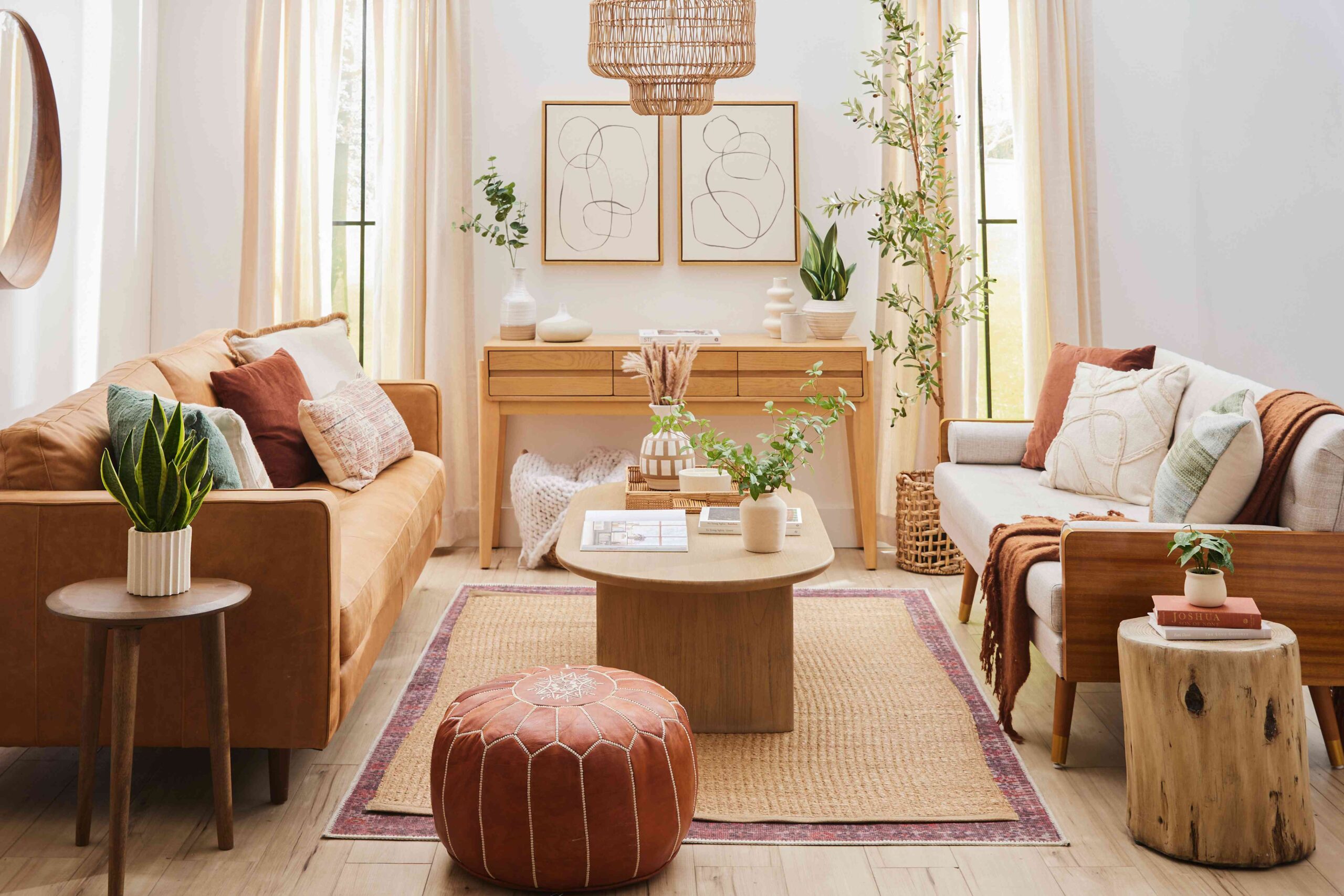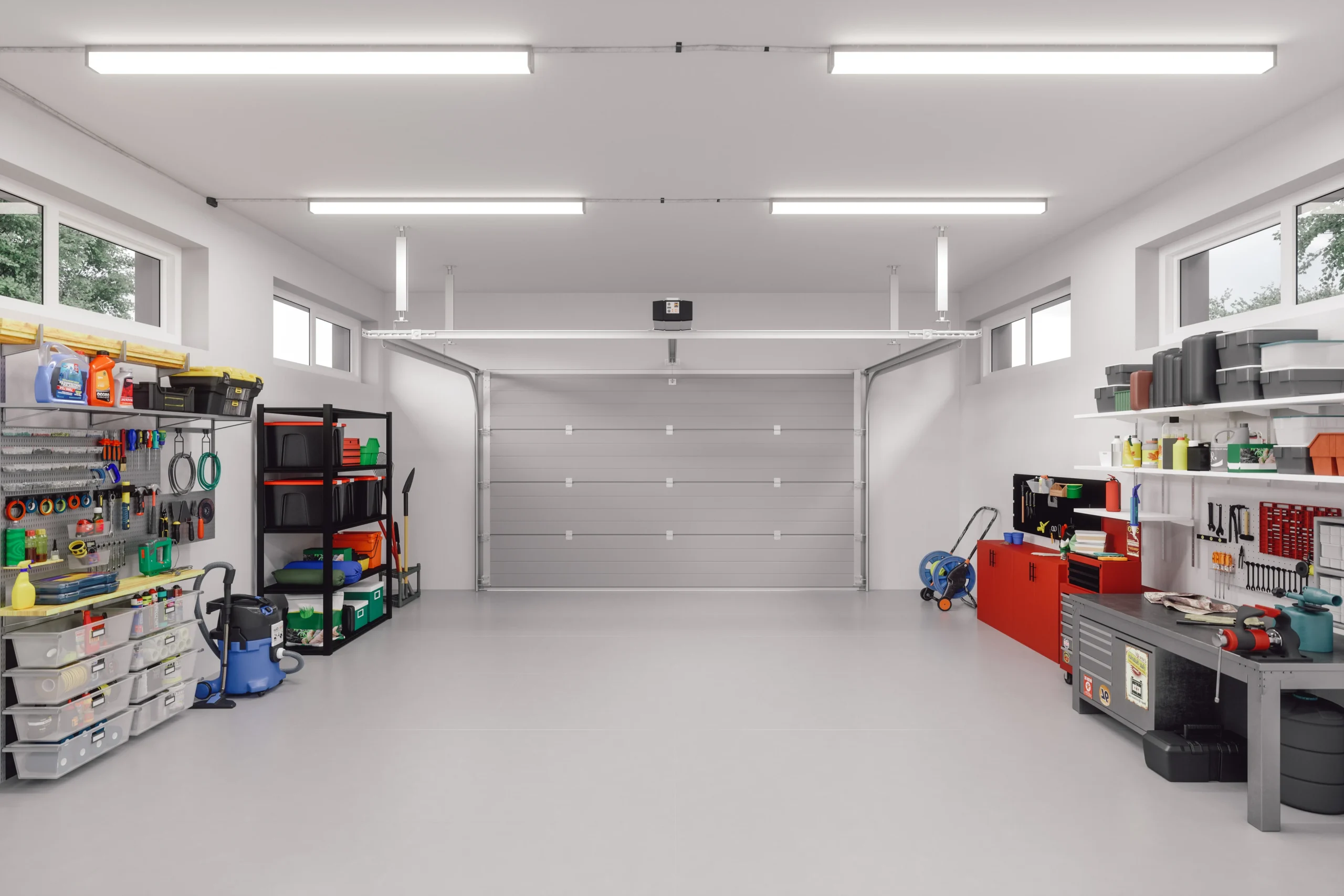
Designing a living room that is both stylish and functional requires thoughtful planning. Whether working with a spacious open floor plan or a cozy apartment setting, maximizing the layout ensures that the space feels inviting and practical. By selecting the right furniture, arranging it efficiently, and incorporating design elements that enhance flow, anyone can create a living room that meets their needs while looking polished and cohesive.
Understanding the Purpose of Your Space
Before arranging furniture, it’s important to determine how the living room will be used. Is it primarily a space for relaxation and entertainment? Will it need to accommodate work-from-home setups or serve as a multifunctional area? Defining the primary purpose helps guide layout decisions and ensures that the space supports daily activities comfortably.
For families, a layout that promotes conversation and interaction might be ideal, while individuals who love hosting guests may prioritize seating arrangements that encourage mingling. In homes where the living room serves multiple functions, incorporating flexible furniture and zoning strategies can help balance different needs.
Choosing the Right Furniture for the Space
Selecting furniture that complements the size and shape of the room is key to creating a functional layout. Oversized furniture in a small room can feel overwhelming, while too-small pieces in a large space can make the area look empty. Finding a balance ensures that the space remains proportional and comfortable.
Sectionals can be a great option for maximizing seating without overcrowding the room. Their modular design allows for various configurations, making them adaptable to different layouts. Whether anchoring a spacious living area or optimizing seating in a smaller room, a sectional can provide both comfort and functionality without requiring additional pieces of furniture.
Arranging Furniture for Optimal Flow
Once the furniture is selected, arranging it to enhance movement and accessibility is essential. Start by identifying the focal point of the room—this could be a fireplace, a television, or a large window with a view. Positioning seating around this focal point helps create a natural gathering space.
Maintaining clear walkways is also important. Ideally, there should be at least 30 inches of space between furniture pieces to allow for easy navigation. Placing furniture too close together can make the room feel cramped, while excessive spacing can disrupt cohesion. Finding a balance ensures that the room remains comfortable and practical.
Utilizing Multi-Functional Pieces
For those who need to maximize their living space, incorporating multi-functional furniture can make a big difference. Storage ottomans provide both extra seating and hidden storage, while nesting tables offer versatility without taking up too much room. Convertible furniture, such as sofa beds or extendable coffee tables, allows the living room to adapt to different needs.
Using a sectional with a chaise can create a cozy lounging area while still providing ample seating. This type of furniture helps define the space while offering flexibility for various activities, from relaxing with a book to entertaining guests.
Enhancing the Layout with Lighting
Proper lighting can significantly impact the ambiance and functionality of a living room. A combination of natural light, overhead lighting, and accent lighting creates a well-balanced atmosphere. Large windows should be left unobstructed whenever possible to maximize natural light, while layered lighting—such as floor lamps, table lamps, and wall sconces—adds warmth and dimension.
For spaces with limited natural light, incorporating mirrors can help reflect light and make the room feel brighter and more open. Positioning lamps strategically ensures that different areas of the room remain well-lit, whether for reading, relaxing, or socializing.
Incorporating Decorative Elements
Once the layout is set, incorporating decor that enhances the space adds personality and warmth. Area rugs help define seating areas and add texture, while wall art and decorative accents reflect personal style. Plants bring in natural elements that can make the space feel more inviting and vibrant.
Keeping a balanced approach to decor ensures that the space remains cohesive without feeling cluttered. A mix of functional and aesthetic elements allows the living room to feel both stylish and livable.
Final Thoughts
Making the most of a living room layout involves careful planning and thoughtful design choices. By selecting appropriately sized furniture, arranging it to enhance flow, and incorporating multi-functional elements, it’s possible to create a space that is both beautiful and practical. Whether designing for relaxation, socializing, or a combination of both, optimizing the layout ensures that the living room remains a comfortable and welcoming part of the home.




